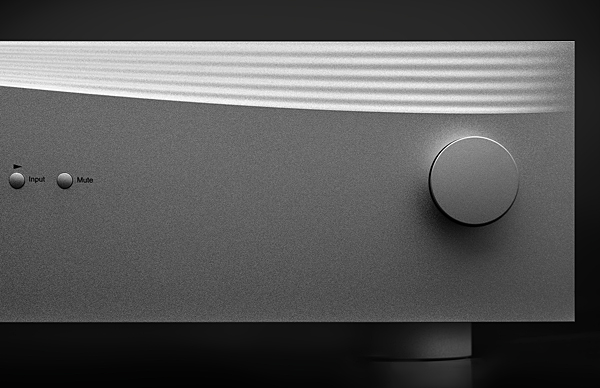| Columns Retired Columns & Blogs |
If someone showed that pcb to me
https://www.stereophile.com/images/922dcs.ins.jpg
And said it was an R2R ladder dac, I'd believe them. Please enlighten me, is a RingDac dac, R2R based??? I never saw R2R dac chip or discrete in Arcam's DCS ring dac players when replacing laser.
Cheers George















































